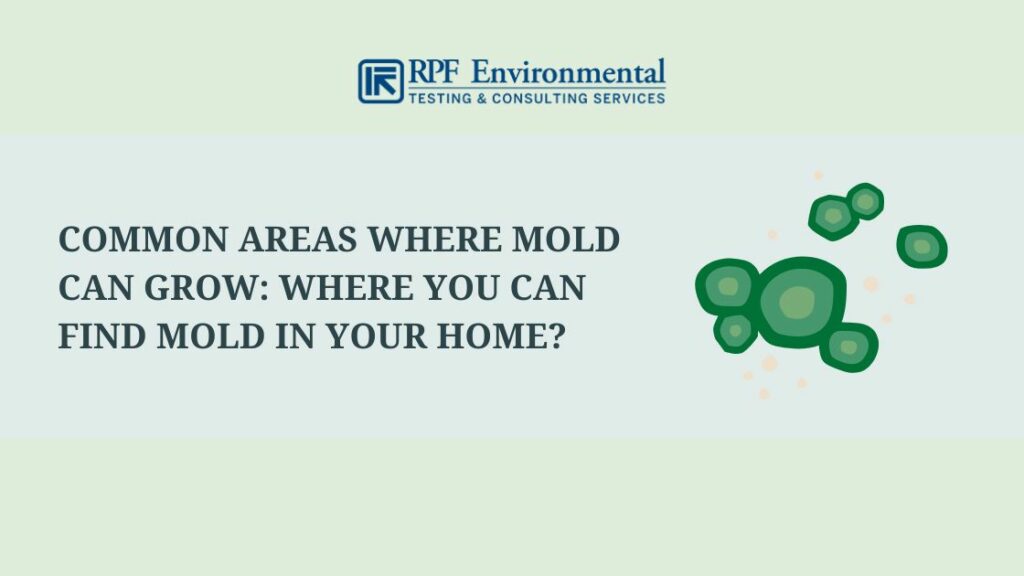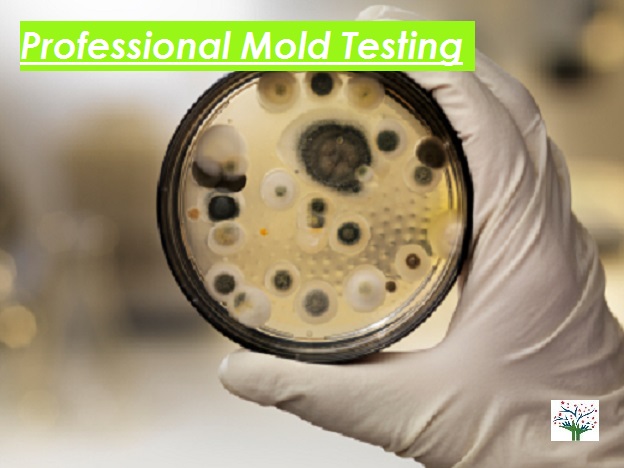Maximize Your Compliance with Trusted Mycotoxin testing Services Solutions
Maximize Your Compliance with Trusted Mycotoxin testing Services Solutions
Blog Article
How Mycotoxin Testing Helps Protect Against Contamination and Guard Food Materials

Mycotoxin screening is a crucial technique in the food sector, working as a frontline defense against contamination by damaging toxic substances created by mold and mildews. Through the application of sophisticated techniques like High-Performance Fluid Chromatography (HPLC) and Fluid Chromatography-Mass Spectrometry (LC-MS), food manufacturers can properly detect and measure mycotoxin levels in agricultural products. This proactive approach not just guarantees conformity with rigorous safety guidelines but additionally reduces health and wellness threats to customers. Routine testing fortifies brand name online reputation and financial health and wellness by decreasing contamination-related cases. How precisely do these testing procedures incorporate into the wider food safety and security strategy?
Comprehending Mycotoxins
Understanding mycotoxins begins with recognizing that they are toxic second metabolites produced by particular molds, which can pollute agricultural products. These metabolites are not important for the development or reproduction of the fungi yet can have severe implications for human and animal wellness. Mycotoxins are typically found in staple crops such as corn, wheat, barley, and nuts, where they can multiply under particular problems of moisture and temperature level.
There are numerous kinds of mycotoxins, each generated by different fungal varieties. Fusarium types generate fumonisins and trichothecenes, both of which are linked with numerous acute and persistent health concerns.

Dangers of Mycotoxin Contamination
The risks of mycotoxin contamination are diverse, posturing significant risks to both food safety and public health. Mycotoxins, poisonous compounds generated by specific sorts of fungi, can infect a variety of agricultural products consisting of cereals, nuts, spices, dried out fruits, and coffee. As soon as these toxins penetrate the food supply, they can bring about significant health and wellness problems such as liver damage, kidney failing, and also cancer. Prone populations, including kids, the senior, and immunocompromised individuals, are particularly at danger.
Economic impacts are another significant concern. Infected crops can cause significant monetary losses for farmers and food manufacturers as a result of reduced yields and the demand for pricey purification procedures. International profession can be significantly hindered as nations implement strict mycotoxin policies to safeguard their populaces, leading to denied shipments and stretched profession relationships.
Environmental aspects such as environment modification aggravate the risk of mycotoxin contamination. Variations in temperature level and moisture can develop desirable problems for fungal development, enhancing the possibility of contamination events. Hence, understanding and mitigating these threats are critical for ensuring the safety and honesty of international food products.
Approaches of Mycotoxin Checking
Properly recognizing mycotoxin contamination in farming products is crucial for protecting public health and wellness and preserving food safety and security requirements. Different approaches are utilized to identify and evaluate mycotoxins, each offering specific advantages and restrictions.
High-Performance Liquid Chromatography (HPLC) is an extensively used approach as a result of its high level of sensitivity and precision. It includes separating mycotoxins from various other compounds in an example, making it possible for exact quantification. In A Similar Way, Fluid Chromatography-Mass Spectrometry (LC-MS) integrates fluid chromatography with mass spectrometry to give detailed molecular details, making it particularly valuable for identifying multiple mycotoxins all at once - Mycotoxin testing Services.

Gas Chromatography-Mass Spectrometry (GC-MS) and Thin-Layer Chromatography (TLC) are likewise employed, each with special applications. GC-MS works for unstable mycotoxins, while TLC supplies a less complex, economical alternative for initial screening.
Advantages of Normal Checking
Normal screening for mycotoxins in farming products uses countless advantages, considerably adding to public wellness and food safety and security. By recognizing contamination early, regular testing assists prevent the circulation of toxic foods, consequently reducing the danger of mycotoxin-related diseases among customers. This aggressive strategy not only safeguards human health yet likewise enhances the overall quality of food products.
Constant testing likewise sustains regulative conformity. Different nations and areas have established stringent restrictions for mycotoxin levels in food and feed. Following these limitations through routine testing makes certain that producers and suppliers satisfy legal requirements, thereby preventing fines and profession barriers. Keeping conformity promotes customer count on and brand online reputation, which are crucial for market success.
Furthermore, normal mycotoxin screening can bring about considerable economic advantages. Early detection of contamination enables for prompt intervention, minimizing potential losses from extensive contamination. Carrying out regular screening protocols can additionally minimize recall expenses and associated obligations, which can be economically ravaging.
Furthermore, routine testing provides beneficial information that can inform much better farming practices and storage problems. By recognizing patterns of contamination, manufacturers can embrace preventative actions, thus minimizing future threats and contributing to the sustainability of the food supply chain.
Executing Examining Protocols
Executing reliable mycotoxin screening methods is crucial for guaranteeing the safety and high quality of agricultural products. Developing a durable screening framework involves multiple crucial steps, starting with the identification of potential contamination points within the production and supply chain. This includes pre-harvest, post-harvest, storage space, and circulation stages. Each phase should be inspected to identify where mycotoxin contamination is probably to occur.
Once vital control points are identified, picking ideal testing approaches is necessary. Common techniques consist of enzyme-linked immunosorbent assay (ELISA), high-performance fluid click here now chromatography (HPLC), and mass spectrometry (MS) Each method has its weak points and staminas; therefore, selecting the proper one depends upon the certain mycotoxin being evaluated, the called for try here level of sensitivity, and available resources.

Finally, integrating the screening procedures into an extensive food security monitoring system is suggested. This boosts traceability and enables quick rehabilitative activities when contamination is identified, therefore protecting the stability of the food supply chain.
Conclusion
Mycotoxin screening is necessary in preventing contamination and safeguarding food materials by enabling very early discovery of harmful toxins produced by molds in agricultural items. Advanced techniques such as HPLC and LC-MS make certain conformity with safety regulations and secure consumers from wellness risks. Normal screening improves brand name online reputation, financial security, and rely on food safety by reducing contamination-related losses and maintaining high standards in food manufacturing. Executing extensive screening procedures is hence critical for the sector's overall health.
Mycotoxin testing is an indispensable technique in the food industry, offering as a frontline defense versus contamination by harmful toxic substances created by mold and mildews. An incorporated approach involving agricultural methods, storage space management, and normal testing can mitigate the risks associated with mycotoxin contamination, ensuring food security and public wellness.
The threats of mycotoxin contamination are multifaceted, posturing considerable hazards to both food safety and security and public wellness.Normal screening for mycotoxins in agricultural products offers various advantages, significantly contributing to public health and food safety and try here security.Mycotoxin testing is crucial in stopping contamination and securing food materials by making it possible for early discovery of harmful contaminants generated by mold and mildews in farming items.
Report this page